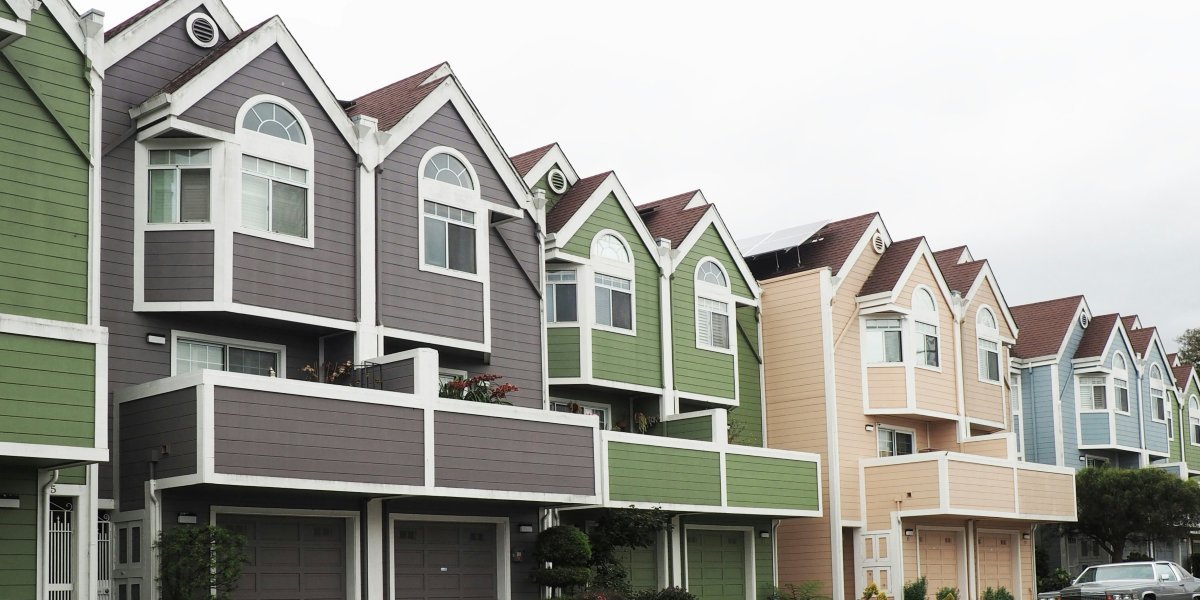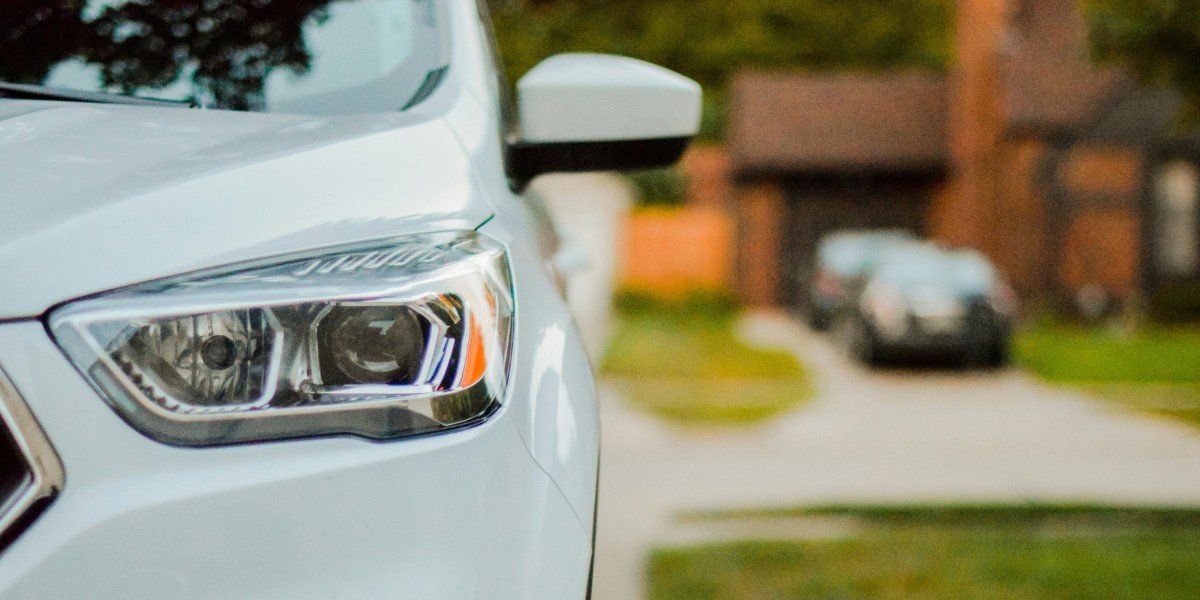Driving in California’s major cities can present a variety of challenges, from dense traffic to complex parking rules. With cities such as Los Angeles, San Francisco, and San Diego being known for high traffic volumes, understanding local driving practices and regulations can make the experience smoother and more manageable. This guide provides practical tips for navigating California’s urban areas, including traffic considerations, parking, safety measures, and unique driving rules.
Read also: Investing in Renewable Energy: Opportunities and Risks
Understanding Traffic and Road Conditions
California’s major cities are frequently affected by heavy traffic, particularly during peak commuting hours. This can be frustrating for both residents and visitors. Being prepared for these conditions can help reduce stress when driving.
Heavy Traffic and Rush Hours
In cities like Los Angeles, traffic is often heavy throughout the day, with congestion peaking during rush hours. The typical rush hour in these urban centers is between 7:00 AM and 9:00 AM in the morning and 4:00 PM to 7:00 PM in the evening. During these periods, highways and main streets experience significant delays. Los Angeles, with its sprawling network of freeways, can particularly experience slower traffic speeds, even on roads that are typically fast-moving during off-peak hours.
To avoid the most congested areas, consider using traffic apps or GPS systems that can suggest alternate routes in real-time. Google Maps and Waze are commonly used tools that offer insight into current road conditions and can help drivers adjust their plans to avoid heavy traffic.
High Occupancy Vehicle (HOV) Lanes
Many California highways include HOV lanes, or carpool lanes, designed to facilitate the movement of vehicles with multiple occupants. These lanes can be helpful during rush hour, as they tend to move faster than regular lanes. For those commuting with passengers, understanding when and how to use these lanes is important. Regulations may vary by location, with some carpool lanes restricted to certain hours of the day. It’s essential to follow the posted signs to avoid fines for improper use.
In addition to traditional carpool lanes, there are also express lanes in certain areas, which can offer an alternative for those willing to pay a toll.
Navigating Toll Roads and Bridges
Certain California highways and bridges are equipped with toll systems. Toll roads are commonly found in San Francisco and Orange County, while toll bridges are prevalent in areas like the San Francisco Bay Area. The Golden Gate Bridge, for instance, requires toll payment, and drivers should be prepared for this cost when traveling in or around major metropolitan areas. Some tolls can be paid electronically using a FasTrak transponder, which helps drivers avoid stopping to pay at toll booths.
Additionally, other toll collection systems like license plate tolling have been implemented, where a vehicle’s license plate is photographed, and a bill is sent to the registered owner.
Parking Considerations
Parking can be particularly challenging in California’s busy cities, where demand often exceeds supply. Understanding local parking rules and options is key to minimizing frustration.
Street Parking and Metered Parking
In urban centers like San Francisco and Los Angeles, street parking is common, but it often comes with restrictions. Many areas require drivers to pay at parking meters, which are typically enforced during business hours, from 8:00 AM to 6:00 PM. Parking tickets can be issued for exceeding the allowed time limit or failing to pay, so it’s important to follow the posted rules carefully.
Additionally, many residential neighborhoods in larger cities have parking permit systems. In such areas, only those with a permit are allowed to park, and violators may face fines or towing. These systems help manage parking in areas with high population density.
Parking Garages and Lots
If street parking is unavailable or overly expensive, parking garages or parking lots may offer an alternative. These are often located near shopping centers, downtown areas, or public transit hubs. While parking in garages may be more expensive than street parking, they offer a safer and more predictable option, especially in areas where street parking is limited.
In some cities, it’s also possible to find automated parking systems in larger commercial districts. These systems park your vehicle in a compact space and can be a more efficient use of available parking.
Understanding Parking Signs and Regulations
California cities are known for having a wide range of parking regulations, from time-restricted parking to no-parking zones. It’s essential to read all parking signs carefully to avoid violations. In some areas, street cleaning schedules can restrict parking on certain days or times, leading to fines or even towing if ignored.
For example, in Los Angeles, street cleaning can occur twice a week in certain neighborhoods. If you park during cleaning times, your car may be towed. Being aware of local parking restrictions and regulations can help avoid penalties.
Driving Etiquette and Road Safety
California has specific traffic laws and road etiquette that help ensure safety on the road. Understanding and following these rules can contribute to a smoother driving experience.
Yielding to Pedestrians and Cyclists
In urban areas like San Francisco, pedestrians and cyclists share the roads with cars. California law requires that drivers yield to pedestrians in crosswalks, even if the crosswalks are not marked. This rule is designed to promote pedestrian safety and reduce accidents.
Cyclists are also common on California roads. In cities with established bike lanes, such as San Francisco and Los Angeles, drivers should be cautious and respect the designated cycling space. When passing cyclists, it is important to maintain a safe distance, as California law requires a minimum of three feet of space when overtaking a cyclist.
Lane Changing and Merging
Lane changes and merging are a part of everyday driving in California’s cities. Drivers should always use their turn signals when changing lanes to indicate their intentions to other vehicles. This is especially important in cities like Los Angeles, where frequent lane changes are common due to congestion.
In San Francisco, narrow streets and heavy traffic can make merging tricky. Drivers should give ample space when entering or exiting freeways and be patient when other drivers need to merge into lanes.
Using Turn Signals and Proper Signaling
California law requires drivers to signal when turning or changing lanes. Failure to signal is considered a violation and can result in fines or accidents. Given the traffic conditions in cities like San Francisco and Los Angeles, using turn signals appropriately can help prevent misunderstandings and ensure smoother traffic flow.
Following the Move Over Law
California’s Move Over Law requires drivers to change lanes when passing emergency vehicles with flashing lights, including police cars, fire trucks, and tow trucks. If it is not possible to change lanes, drivers must slow down to a safe speed. This law is in place to protect the safety of first responders working on the side of the road. Ignoring this law can result in fines.
Special Road Considerations
Certain areas in California have specific infrastructure that drivers should be aware of when navigating the streets. These include toll roads, HOV lanes, and one-way streets.
Understanding One-Way Streets
Many cities in California, including San Francisco, feature one-way streets, particularly in dense urban areas. These streets are designed to manage traffic flow and reduce congestion. It is important for drivers to carefully observe traffic signs to avoid entering a one-way street in the wrong direction.
Using High Occupancy Vehicle (HOV) Lanes
High Occupancy Vehicle (HOV) lanes are often used to improve traffic flow by encouraging carpooling. These lanes are typically marked and only accessible to vehicles with multiple passengers. It is important to check the rules regarding carpool lanes as they may vary by time of day or location. Violating HOV lane rules can result in fines.
Navigating Steep Roads and Hills
In cities like San Francisco, driving can involve navigating steep inclines and hilly terrain. When driving on steep roads, especially when parking, make sure to use the parking brake and turn the wheels toward the curb to prevent the vehicle from rolling.
Read also: Do Electric Vehicles Really Help the Environment?
Keeping Safe and Mindful on the Road
Driving in California’s major cities requires a certain level of mindfulness, patience, and respect for local traffic laws. It is important to stay aware of traffic patterns, follow parking rules, and understand specific road conditions that may arise due to construction, weather, or other factors. By maintaining a calm, focused approach, drivers can contribute to a safer and more efficient driving environment, even in challenging urban conditions.
Being familiar with local practices, respecting road signs and regulations, and using common courtesy can help make driving in California’s major cities more manageable and less stressful. Whether navigating the freeways of Los Angeles, the streets of San Francisco, or the coastal roads of San Diego, careful attention to driving etiquette and regulations can lead to safer and more efficient journeys.












